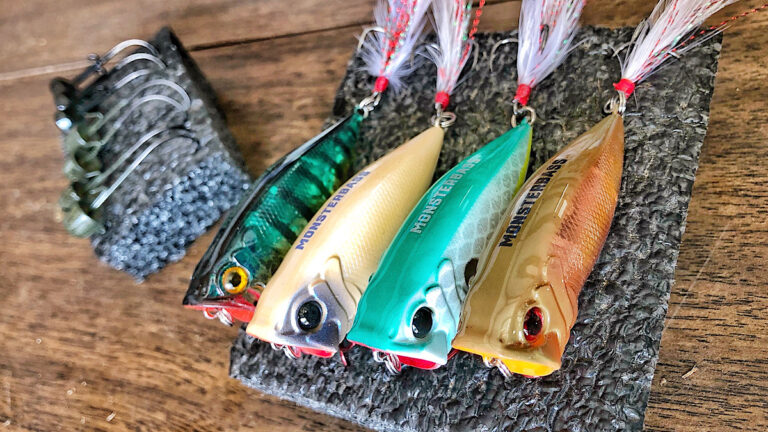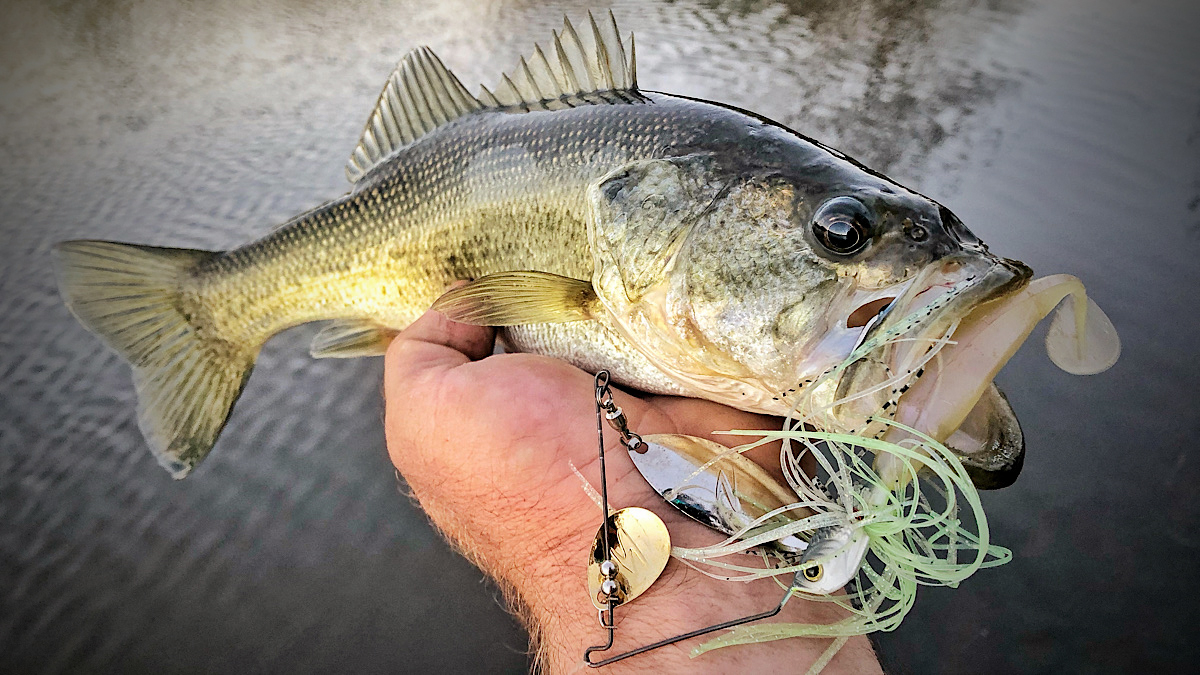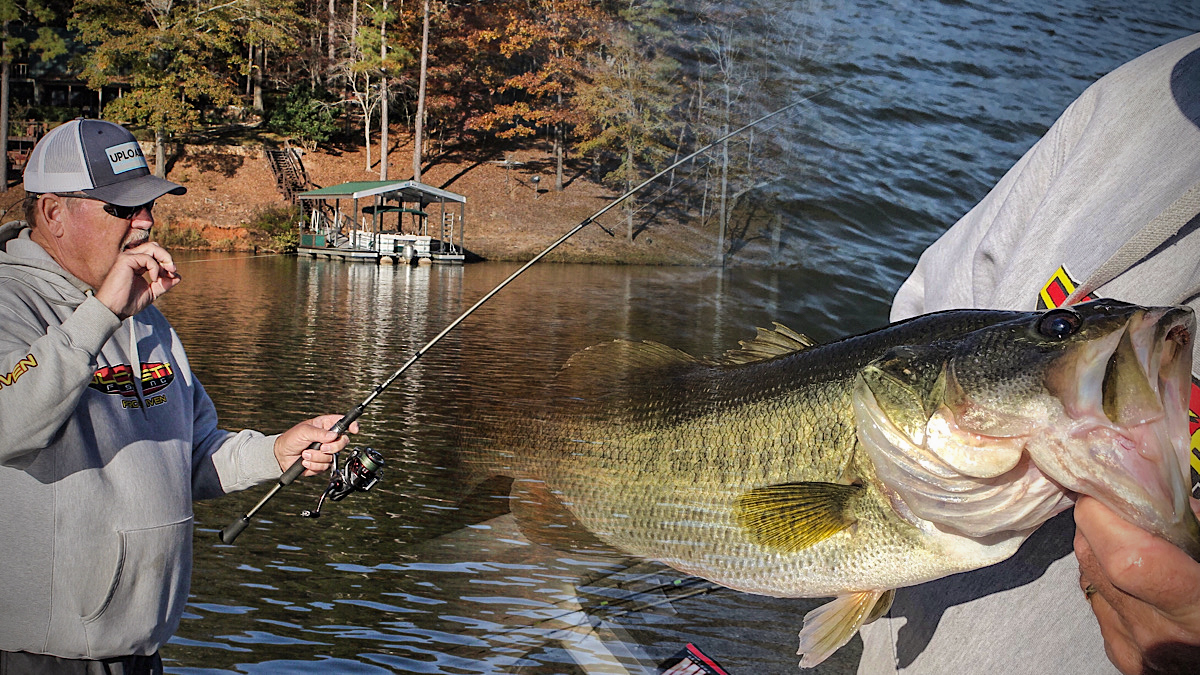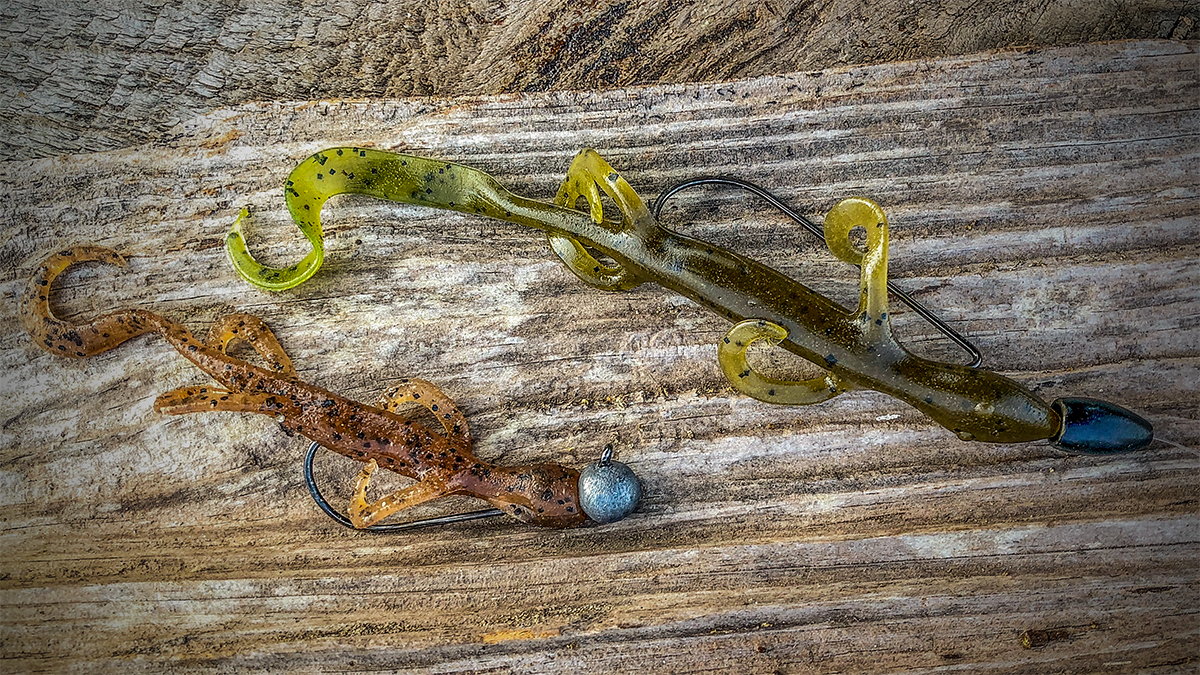On the rarest of occasions, some of our household garbage holds a little value. One such instance comes to mind, when punching “trash mats” that are formed by the accumulation of natural, floating debris and literal garbage like plastic bottles, basketballs and styrofoam cups. But I’m pretty sure those mats would hold fish without the garbage involved and even if they wouldn’t, the trade-off of an extra bite or two definitely isn’t worth the disrespect of nature it takes for a trash mat to form.
So what’s my point in all of this?
There is actually a way for us to take our garbage and use it for good when it comes to fishing. Recycling common household garbage that would otherwise be discarded and end up in a landfill or floating in the ocean, can help us do just a tiny little part to make this world a better place and preserve the fisheries for future generations of our loved ones to enjoy. T
These tips just make for good little fishing hacks anyway. So today, we’re going to talk about four such ways to recycle garbage and use it to improve your fishing.
Styrofoam or packing foam

Styrofoam is one great household item to repurpose instead of tossing in the trash bin. You can take styrofoam or packing foam and cut little chunks out of it to help keep your baits, terminal tackle or other small items locked in place; this helps you avoid damaging them or even losing them.
Take a chunk of foam, stick your favorite topwaters in it and pop it in your tackle box. Now you can throw away the bulky packages and rest easy knowing when you go looking for a topwater in a few months, the paint job won’t have weeks worth of wear and tear on it from bouncing around in your box trip after trip.
Or do the same thing with terminal tackle like Ned heads, shaky heads, tungsten weights and hooks. If you think about it, foam similar to this is already being used in a lot of the higher-end terminal tackle boxes out there now to secure these small but pricey little pieces of fishing tackle. Again, by doing this, you can ensure that your painted jigheads aren’t just unpainted jigheads sitting in a pile of dust by the time you go looking for one.
Cardboard

You can also use cardboard as another great way to organize hooks. If you look at the edge of a piece of cardboard, you’ll see a series of holes formed in the making of the material. Cutting out a small square or rectangle of cardboard gives you the ability to make a little card to hold your hooks. You can even label the card with the size and name brand of the hook, so when it’s time to restock you’ll know exactly which hooks to buy. Then simply place those cards in your terminal tackle box and you can keep your hooks orderly, and protect the hook points from bouncing around and dulling at the same time.
There are likely dozens of other ways to use cardboard as it pertains to fishing. I’ve certainly kept cardboard boxes around the shop so I’ll have places to store things and something to ship any old tackle in when I do a spring cleaning and sell some things. One other good use is to tighten up the lid of your terminal tackle box. If you’re using a simple 3700-style clear tackle box for your terminal tackle, you know that flipping that box upside down, even with the lid closed, will lead to a chaotic mess as hooks and other small components make their way into the adjacent compartments.
Try cutting a piece of flat cardboard slightly smaller than the lid of the box and then place this on top of all the compartments before closing the lid, This makes for a tighter seal over the little compartments and takes up the small space that’s created between the lid and the compartments in the inevitable instance the box is flipped over or turned on its side.
Peanut butter and jelly jars

When we’re in the boat, kayak or fishing from the bank, it’s a good idea to keep an old plastic peanut butter or jelly jar on hand. This makes for a great little trash can that can be cleaned out between trips.
Whether we’re changing out treble hooks, re-spooling reels or swapping out soft plastics, there’s always a little trash accumulating when we’re fishing. The tendency for some of anglers is to throw that 4-foot section of line, that used soft plastic or that spent hook into the water.
This is obviously not a good idea and can be detrimental to a fish. Imagine a bass swimming along and seeing that shiny treble hook on bottom. In an instant the fish sucks it up and now has to die a terribly slow and painful death. Even if it happens to inhale the hook just right to swallow it, there’s no chance it comes out the other end smoothly as well—I cringe just thinking about that one.
It’s best just to keep an old plastic jar with us for these little bits of trash and it’s safer in the long run for us as anglers, guaranteeing we won’t find a stray treble hook lying around with our foot.
Old sandwich meat container

To be honest, plastic deli meat containers are good enough this day and age to double as Tupperware at my house and I ain’t even ashamed to admit that.
They’re also great for storing stuff in the boat as well, especially when those things have no tendency to rust and don’t need a watertight seal. Soft plastics are a perfect example; there are several different shapes and sizes of these containers that will fit certain soft-plastic baits perfectly and give you a great way of storing your baits without their original packaging, while also ensuring they don’t lose their form or oily residue.
With just a little creativity, you can find all sorts of ways to recycle items around the house that would otherwise be tossed right in the garbage. Hopefully these ideas on using styrofoam, cardboard, plastic jars and other plastics containers have started your mind down that path. If you happen to come up with some other things, let us know and we may just pass them along in a future article here on the site.

















